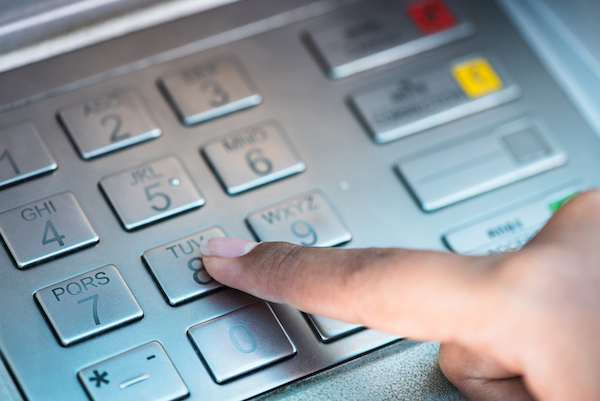Like most regular cameras, ATMs capture everything in front of them during ATM transactions. The cameras store all recorded pictures or videos on the ATM, and most also transmit the information to centralized cloud storage servers.
Deterrence – ATM cameras let people know that someone’s watching and taking their pictures. Although it may not deter everyone from attempting to defraud the machine or rob customers, it does curtail some misconduct.
Deterrence might not work with the most problematic criminal gangs, but it stops much minor mischief and makes the ATM safer for customers.
Facial Recognition – Knowing who’s using the machine is crucial for banks. It’s the best way to ensure that the rightful account owner authorizes the transaction.
Facial recognition capabilities mean it’s much harder for someone to use a stolen debit card to conduct business at an ATM.
Transaction Records – There are few things better for banks than detailed, accurate transaction records. ATMs can instantly record every aspect of transactions and store those on an application server for further analysis and archiving.
Sophisticated Security Mesh
With round-the-clock supervision, you can rest assured that your bank is always watching over its possessions, whether day or night. The system continuously monitors everything using motion sensors with heat signatures to AI-enabled cloud cameras to identify signs showing criminal activity before it’s too late!
As embedded technology gains in the banking sector, expect even more sophisticated monitoring solutions. Protecting against loss of cash and life is a top priority, and ATMs have long been a favorite criminal target.
Feeding Backend Applications
ATMs record plenty of raw transaction data which is helpful for later analysis. Banks have their choice of software applications to handle that data. Analysis helps research teams learn to serve customers better and instructs the security staff on how to protect them against attacks.
Stop Multiple Attacks
ATMs are victims of physical and virtual attacks. That’s why surveillance systems must be ready to defend against both. Physical attacks are events like vandalism. Virtual offenses refer to hacking attempts. Both types are damaging and can devastate any branch if they happen often. Surveillance systems help identify the threats so the security team can create a containment plan.
Lowering Costs
Although ATM surveillance systems require investing, they help mitigate damage to the bank’s reputation. How many people will continue to visit a high-crime ATM or branch? Customers must feel safe, or the bank loses trust and foot traffic.
Customers could also experience medical issues at an ATM. Without a way to alert someone, they could be catastrophic. A better plan is monitoring to take into account all possibilities. Having a record also gives investigators a forensic method to verify events. That’s excellent for insurance or police issues.
Businesses rely heavily on high-speed optical lenses in their current surveillance systems for all the reasons mentioned. However, as the technology improves, more applications will arise, creating more functionality to enhance security across the board.
